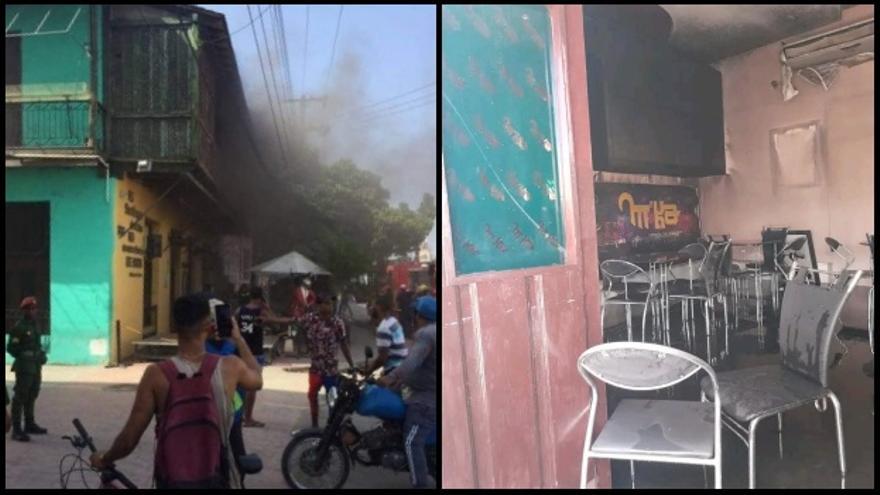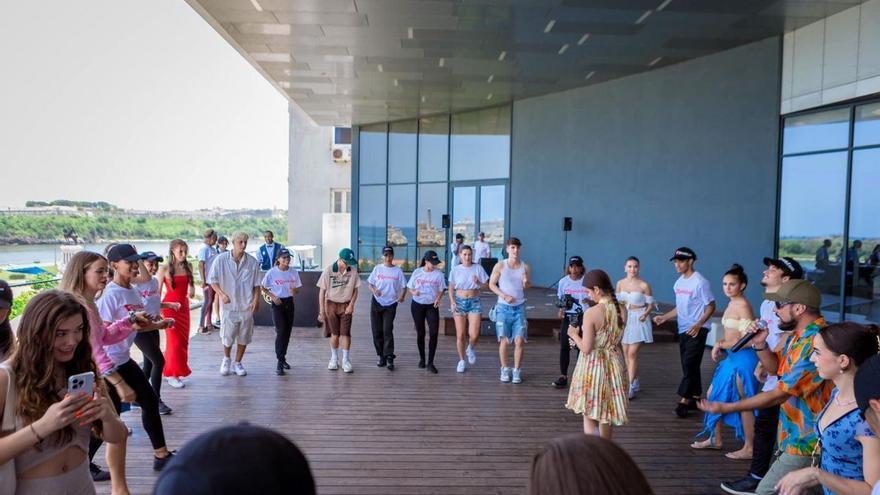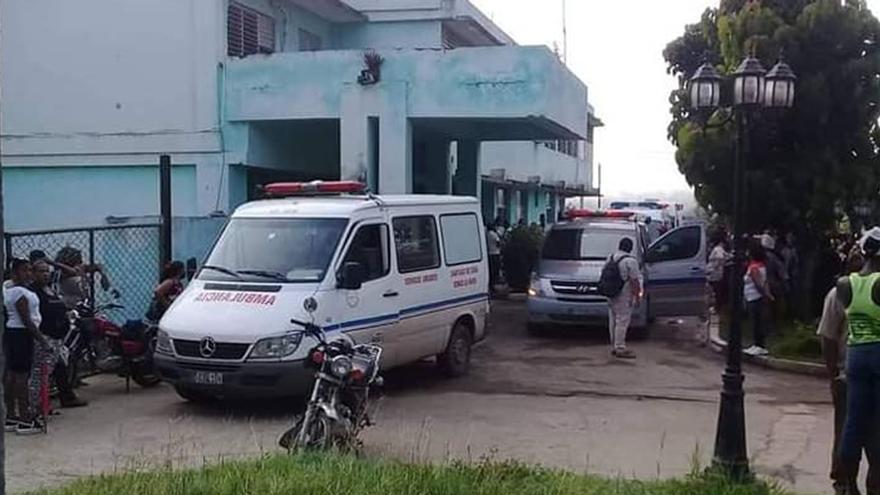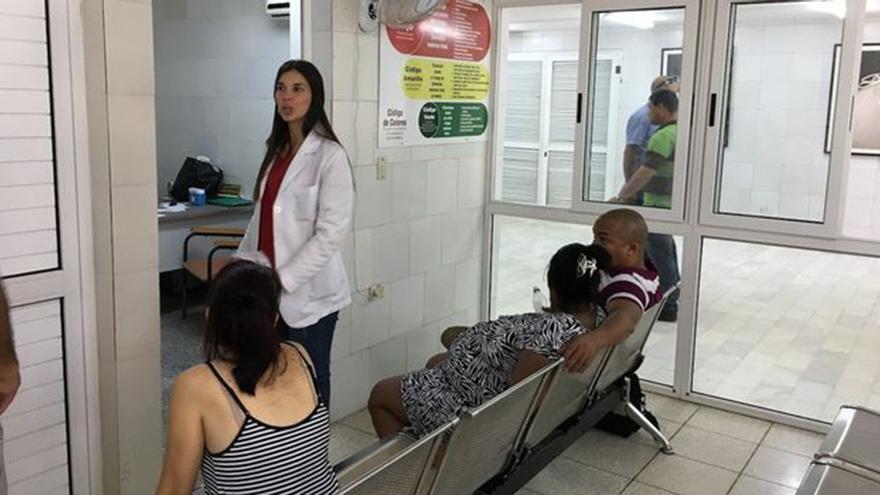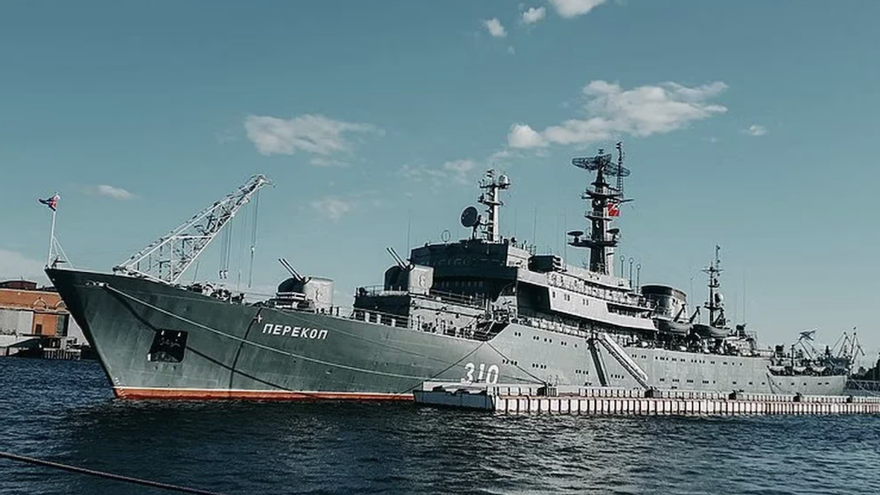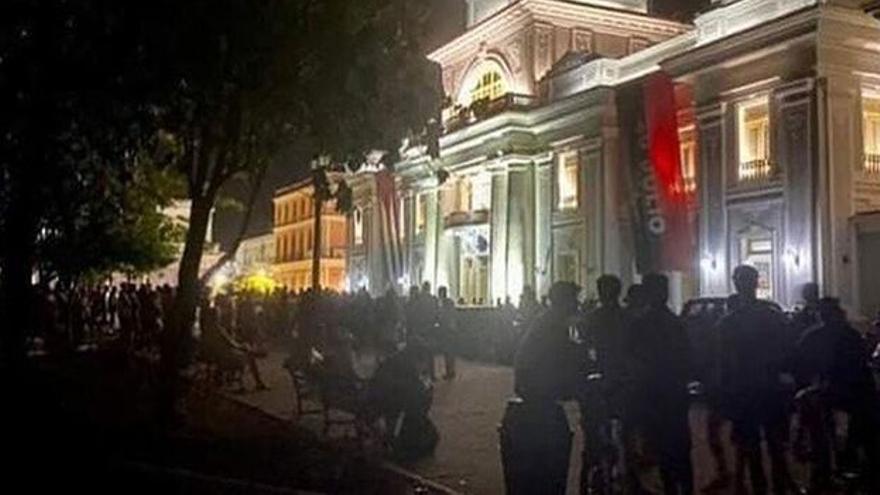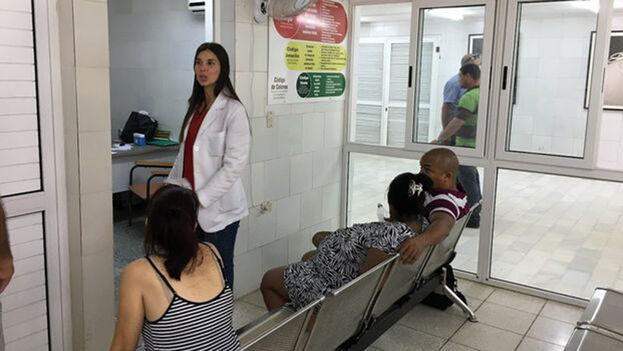
 According to a study, Cuban women have an average of 1.14 children, the lowest rate in the region. (14ymedio)14ymedio, Elías Amor Bravo, Economist, 12 July 2023 — In order to study the demographic and social problems, countries conduct research through surveys of the main variables that affect the population. Therefore, the fact that the Cuban communist regime does the same as other countries is not new. Ideally, when this type of study is carried out, such as the National Fertility Survey reported by the state press, international methodology should be respected in order to compare the results. This time, it seems it was. The 2022 National Fertility Survey, carried out by the National Bureau of Statistics and Information (ONEI), in collaboration with other national and international organizations and presented on the occasion of World Population Day, confirms an alarming fact: the low level of fertility in Cuba. Is that the only one, or is it possible to “confirm” other, even worse results?
According to a study, Cuban women have an average of 1.14 children, the lowest rate in the region. (14ymedio)14ymedio, Elías Amor Bravo, Economist, 12 July 2023 — In order to study the demographic and social problems, countries conduct research through surveys of the main variables that affect the population. Therefore, the fact that the Cuban communist regime does the same as other countries is not new. Ideally, when this type of study is carried out, such as the National Fertility Survey reported by the state press, international methodology should be respected in order to compare the results. This time, it seems it was. The 2022 National Fertility Survey, carried out by the National Bureau of Statistics and Information (ONEI), in collaboration with other national and international organizations and presented on the occasion of World Population Day, confirms an alarming fact: the low level of fertility in Cuba. Is that the only one, or is it possible to “confirm” other, even worse results?
So what are we talking about? The synthesis variable was offered by the deputy director of the Center for Population and Development Studies of the ONEI, who said that the accumulated fertility rate is 1.14 children per woman from 15 to 54 years old; and 0.79 children per man. Possibly one of the lowest in the world, and of course, a limiting factor for population growth. For example, the overall fertility rate of Latin America and the Caribbean in 2022 stood at 1.85 live births per woman. Bolivia, with a rate of 3.24, had the highest index in the region.
What is happening in Cuba that men and women aren’t having children? The survey indicates that the nulliparity indicator, (the number of people who end their reproductive period without having had children) presents values classified as “remarkable”: 13% in women and 24% in men, while only 14 years ago, in 2009, these data were 9% in women and 18% in men. Significant? No. Alarming.
In summary, the study highlighted that there is a tendency to stop reproducing when you have a maximum of two children. And this, despite the fact that the age of beginning to have sexual intercourse is very early. According to statistics, 69.8% of women and 75.8% of men began to have sex before the age of 18, while 10.8% and 15.9%, respectively, began before the age of 15. continue reading
With regard to the indicator of reproductive plans, the low birth rates and intention to have children in people of childbearing age are confirmed. Among women aged 15 to 49, only 21.2% say they will have children, and 9.3% in the next three years. Within the same age range, 27.3% of men say they will procreate, while 12.8% would procreate in the next three years. Less than a quarter. The other 75%, no.
The authors of the study point out that there is low fertility with limited birth reserves, compared to the percentages in the previous survey, carried out in 2009. Among women of childbearing age from 15 to 49, a third of them, 32%, have no children (29% in 2009); 36% have only one child (32% in 2009); 32% have two or more children (39% in 2009); and 29% have fewer children than they would like to have (40% in 2009). This last percentage is dangerously close to half, 50%, and is evidence of the seriousness of the situation.
The survey also investigated the circumstances of so-called child marriage, observing the existence of a large gender gap. In the age range between 15 and 19 years, 16.9% of women married before the age of 18, and 3.8% before the age of 15. On the other hand, in that same age group, 7.5% of men married before the age of 18, and 0.7% before the age of 15. The average age for having a first child is 23 years for women and 27 years for men, which was interpreted as a relatively early age for a context of low fertility. It was even explained that this fact may be associated with adolescent fertility, since according to the results, 26.2% of women had their first child before the age of 20; 12.5% before the age of 18; and 1.1% before the age of 15.
Therefore, the survey also investigated teenage pregnancies, and pointed out that 20% of women became pregnant at least once before the age of 18 and 15.6% between the ages of 15 and 19. Research showed that 84% of adolescents became pregnant by carelessness and 48% by misuse of contraceptives. Also, the average age at the first pregnancy is two years lower than the age of having the first child, which suggests that many first pregnancies are interrupted before procreation.
As for reproductive care and family planning, the results verify that knowledge of contraceptive methods is almost universal, with 85% of women and men using contraceptives. Fewer than 2% used traditional methods, and 71.6% of women between the ages of 15 and 49 make their own informed decisions about sexual relations, the use of contraceptives and healthcare. Despite this, the rate of unwanted or inopportune pregnancies is high, with 25.6% resulting in live-born children and 35% terminated by abortion or menstrual extraction (emptying of the uterus before confirmation of a pregnancy).
The survey defines the pattern of low fertility of the country by identifying the demographic, socioeconomic and cultural factors that condition the decision to have children or not, and the motivations and circumstances that intervene in the delay of maternity and paternity, acting as inhibitors of the desired fertility. From a sample size of 12,093 people (6,471 women and 5,622 men), the universe and scope covers the entire population from 15 to 54 years old, men and women, permanent residents in private homes. It has national and urban-rural representation for four regions of the country (Havana, West, Central and East) and was carried out through direct interviews with members of households between April 1 and 30, 2022.
And at the same time that Cubans are not having children and the population is reduced in its growth potential, the regime also announced another fact: the accelerated aging of the population, a trend that has made the Island one of the oldest countries in Latin America and the Caribbean, where more than 20% of its population is 60 years old and older.
The situation does not admit palliatives: a downward trend in the population, which is influenced by the low fertility described in the survey, the negative balance between birth and mortality rates, and the external migration. More than half a million Cubans have left the country in the last year and a half.
It’s not much of an “accomplishment” for the revolution that fewer and fewer people are being born due to low fertility, and the country is being depopulated by the emigration of young people and the elderly at the same time. It paints a picture that is difficult to observe. The regime considers that these trends will cause an increase in the demand for geriatric, gerontology, security, social assistance and care services for the oldest population. Also, this low population growth is a direct threat to the growth potential of the economy.
Economic models establish a proportional relationship between the increase in population and technology with GDP growth in the medium and long term. The case of Cuba, with a low technological level and a declining population, presents alarming prospects for which the regime has no solutions, because the Marxist model of the economy simply does not work and does not serve to face these threats. It is alarming that since 1977, population replacement has not been reached in Cuba, and it is estimated that by 2025, the total number of inhabitants will fall from the current level of 11 million.
Translated by Regina Anavy
____________
COLLABORATE WITH OUR WORK: The 14ymedio team is committed to practicing serious journalism that reflects Cuba’s reality in all its depth. Thank you for joining us on this long journey. We invite you to continue supporting us by becoming a member of 14ymedio now. Together we can continue transforming journalism in Cuba.
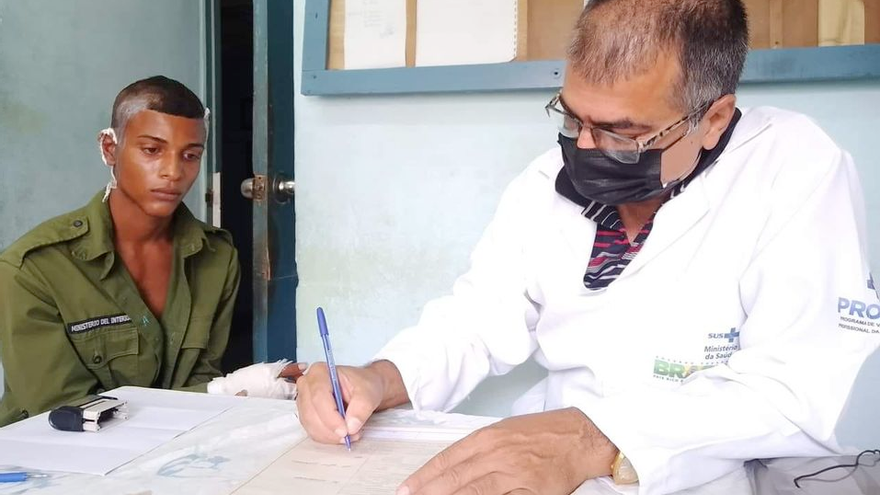
![]() 14ymedio, Havana, 13 January 2023 — At least five people were injured, one of them seriously, as the result of a fire in a resin warehouse in Manzanillo, in the province of Granma. The accident occurred this Thursday around 5:00 in the morning in a warehouse of the state company Astilleros del Golfo, the official press reported.
14ymedio, Havana, 13 January 2023 — At least five people were injured, one of them seriously, as the result of a fire in a resin warehouse in Manzanillo, in the province of Granma. The accident occurred this Thursday around 5:00 in the morning in a warehouse of the state company Astilleros del Golfo, the official press reported.





